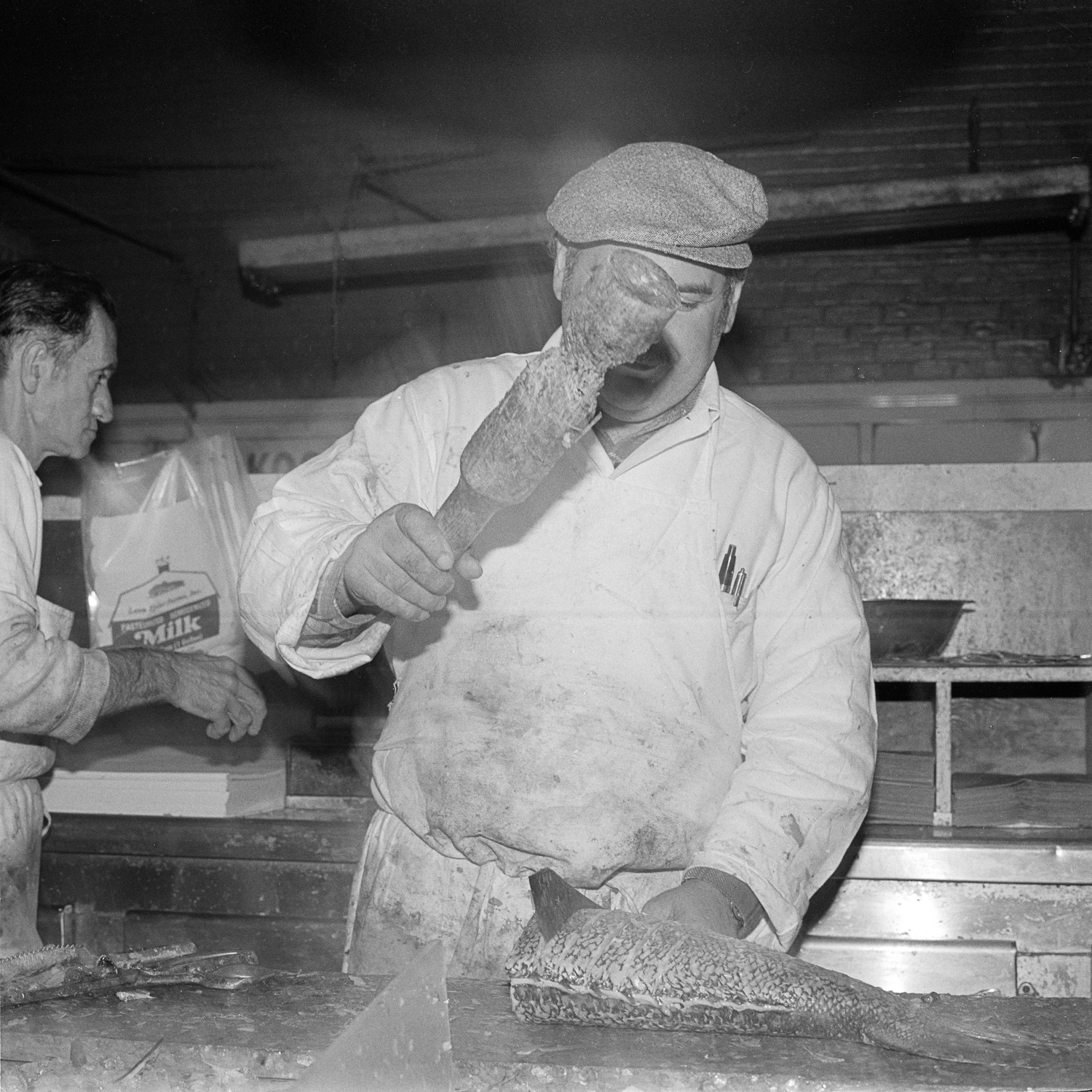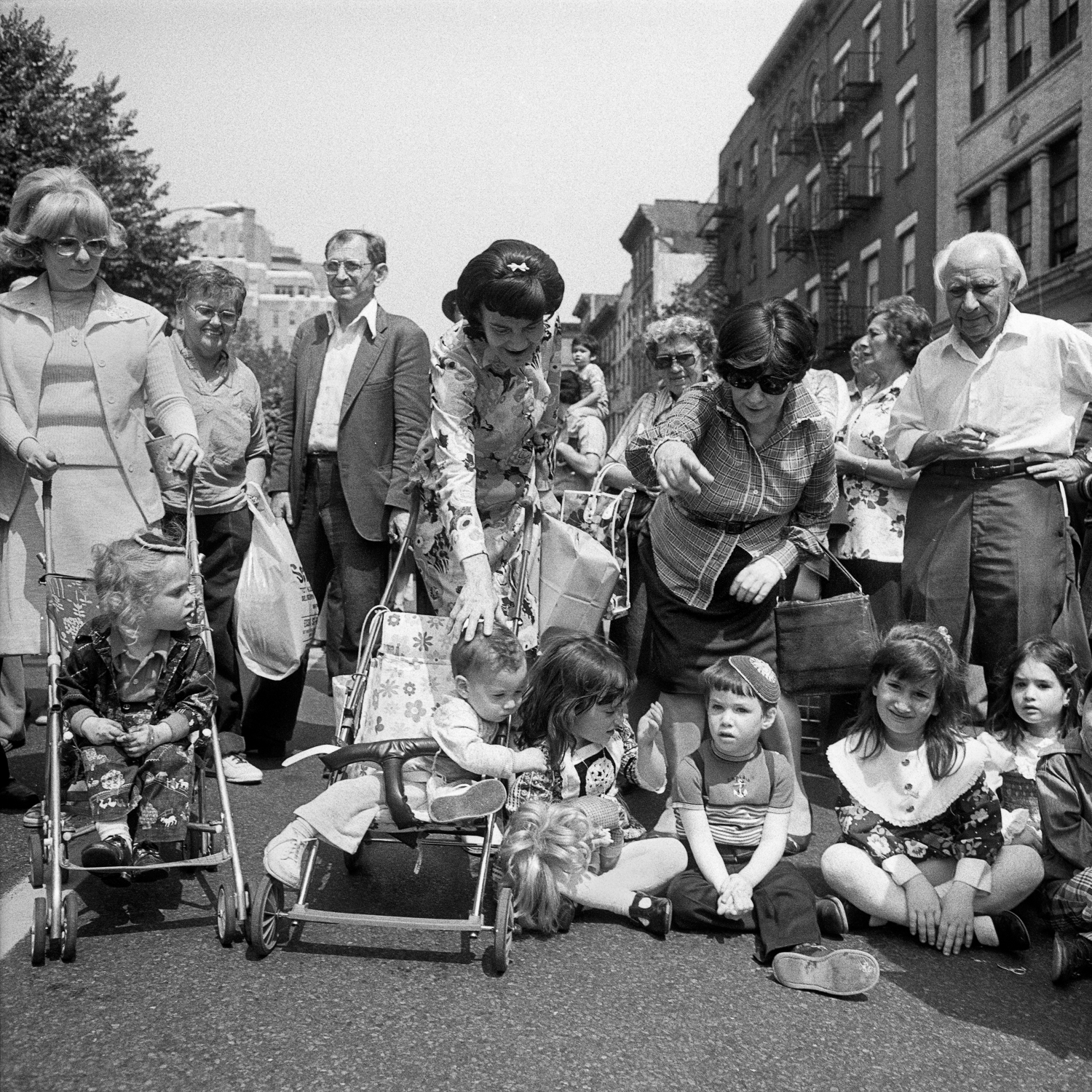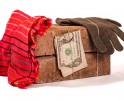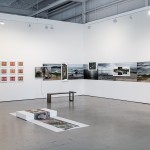Meryl Meisler: LES YES! Photographs of The Lower East Side During The 1970s & ‘80s
I’ve featured Meryl Meisler‘s wonderful photographs on Lenscratch numerous times and needless to say, I’m a fan. Her legacy as a New York City street photographer over the past 40 years ago reveals a grittier metropolis, nights of drugs and disco, and lively neighborhoods filled with small dramas and daily routines. In celebration of the Lower East Side History Month, Meryl has an exhibition at the The Storefront Project, running through this weekend, June 3, 2018. The exhibition, LES YES!, focuses on the Lower East Side during the 1970s & ‘80s, when as a 1978 CETA Artist grant recipient, Meryl created a portfolio of photographs documenting Jewish New York for the American Jewish Congress.
In her exploration of the lower east side, she met Morris Katz, the self-described Mayor of Grand Street. He became a friend and her entree into daily life on the streets, streets that have hold significant history in NYC, with many buildings being original tenements for Eastern European immigrants and working-class families, now a destination for millennial hipsters. But in the late 1970’s, it was a place for Jewish families to create a life and community during the tough years of a city in decline.
In 2008, The National Trust for Historic Preservation placed the LES on their list of America’s Most Endangered Historic Places.
Meryl Meisler was born 1951 in the South Bronx and rased in North Massapequa, Long Island, NY. Inspired by Diane Arbus and Jacque Henri Lartigue, Meryl began photographing herself, family and friends while enrolled in a photography class taught by Cavalliere Ketchum at The University of Wisconsin, Madison. In 1975, Meryl returned to New York City and studies with Lisette Modelle, continuing to photograph her hometown and the city around her. After working as a freelance illustrator by day, Meryl frequented and photographed the infamous New York Discos. As a 1978 CETA Artist Grant recipient, Meryl created a portfolio of photographs which explored her Jewish identity for the American Jewish Congress. After CETA, Meryl began a 31-year career as a NYC Public School Art Teacher. Upon retirement she began revealing large bodies of unseen work. Her monographs Her monographs A Tale of Two Cities Disco Era Bushwick and Purgatory & Paradise SASSY ‘70s Suburbia & The City (Bizarre Publishing) received international acclaim. Meryl is represented by Steven Kasher Gallery
LES YES!
In the spring of 1976 while walking to an art event at the Henry Street Settlement on Grand Street in the LES, I saw a jovial elderly man wearing plaid pants and sports jacket, zebra patterned shirt, a bow tie and yarmulke greeting people and handing out lollipops. He offered me a lollipop and introduced himself as Mr. Morris Katz, the Mayor of Grand Street. Mr. Katz said he lived a few doors down the block; his apartment was like a museum and invited me to see it. l accepted the invitation on the spot. Mr. Katz showed me his treasured dolls, toys and tchotchkes, set the table so we could have a little bite to eat with cold drinks. A friendship was born.
Mr. Katz was a retired widower who spoke with a Yiddish accent. He used to work at Coney Island, guessing weights. The Carney was evident in his jokes, mannerisms, and outgoing personality. For a man in his 90s, Mr. Katz’s schedule was very busy. He kept the apartment once shared with his wife and son, cleaning, cooking and shopping for himself. Every day Mr. Katz would get up early and go out making the rounds to the senior centers, synagogues, parks, police station and playgrounds- greeting people, handing out candy and catching up with news of his constituents. Mr. Katz had a social worker; among her other clients was the real “Auntie Mame”. He often took me on his rounds, proudly introducing me to his neighbors. Likewise, I brought my parents and friends to meet Mr. Katz.
As a 1978 CETA Artist grant recipient, my project was to create a portfolio of photographs documenting Jewish New York for the American Jewish Congress. Mr. Katz was a natural entree to photographing the LES Jewish community. One day, Mr. Katz telephoned me very upset. Two youth saw Mr. Katz dozing in front of his TV. They climbed through the window and mugged him. After that, it was decided bars should be put on the windows, for his own well-being. Though bruised, he wasn’t beaten. Mr. Katz continued to live his life openly and perform his chosen neighborhood duties.
For the public service and work-training component of CETA, I taught photography to children at The Educational Alliance in the LES, and subsequently became a NYC Public School art teacher. During the 1980-81 I taught photography in a LES school on Stanton Street. On the last day of a challenging school year, a classroom intruder threatened he had a gun and would use it if I didn’t hand over my beloved medium format camera. Mr. Katz’s resiliency was an inspiration for me to not give up on teaching or photography, but I was heartbroken to lose a best friend- the camera that was my constant companion for 6 years.
There was a brutal heat wave in 1986. After the heat wave broke, my step mother called to share a story of her 2nd cousin whose father passed away while sitting in his apartment during the heat wave, shortly before his 100th birthday. The name of the man who passed away was Morris Katz. Through a few degrees of separation, I learned I was “ganza mishpocha” (extended family) to The Mayor of Grand Street. – Meryl Meisler 2018
Posts on Lenscratch may not be reproduced without the permission of the Lenscratch staff and the photographer.
Recommended
-
Dawn Roe: Super|NaturalJanuary 4th, 2026
-
Time Travelers: Photographs from the Gayle Greenhill Collection at MOMADecember 28th, 2025
-
Arnold Newman Prize: C. Rose Smith: Scenes of Self: Redressing PatriarchyNovember 24th, 2025
-
The Aline Smithson Next Generation Award: Emilene OrozcoNovember 21st, 2025






































































